In this article, We will learn how to read the PLC datasheet and important notes about PLC specifications that are useful to automation engineers. Also, we will talk about what different information is provided in a PLC datasheet, and how that can be useful to me as a programmer or as an installation engineer.
Contents:
- What information does a datasheet provide?
- Examples of the information in a PLC datasheet
- Current and voltage rating
- PLC memory
- Different blocks and data areas addressing
- Inputs and Outputs Specifications
- Communication interfaces and protocols
- Ambient Conditions
- Important notes on reading the data sheet.
What information does a datasheet provide?
The datasheet of a PLC will provide you with much information; this information will cover almost every feature that the PLC can provide. But some of this information won’t be as important to you as others, it depends on what is your scope with the PLC.
If you are the installation engineer, then you will focus on the technical specs of the PLC like the supply voltage, type of inputs and outputs, and power rating of these IO points.
You will also pay more attention to the dimension of the PLC and the Ambient conditions during PLC operation to determine the size of the electrical panel you will use for the PLC and also the cooling methods used for the PLC.
How to Read the PLC Datasheet?
On the other hand, if you are just the PLC programmer, then the past information might not be as critical to you, instead, you will focus on data related to for example the PLC memory, the number of IO available, and the capability of adding new modules.
You will also pay attention to some other information like the programming languages supported by that PLC because not all PLCs support all programming languages. Communication and networking are also other important points you will care about as a programmer.
The data sheet of a plc will always start with a general overview description of the PLC. See pictures 1 and 2 for S7-1200 and S7-1500 simple examples.
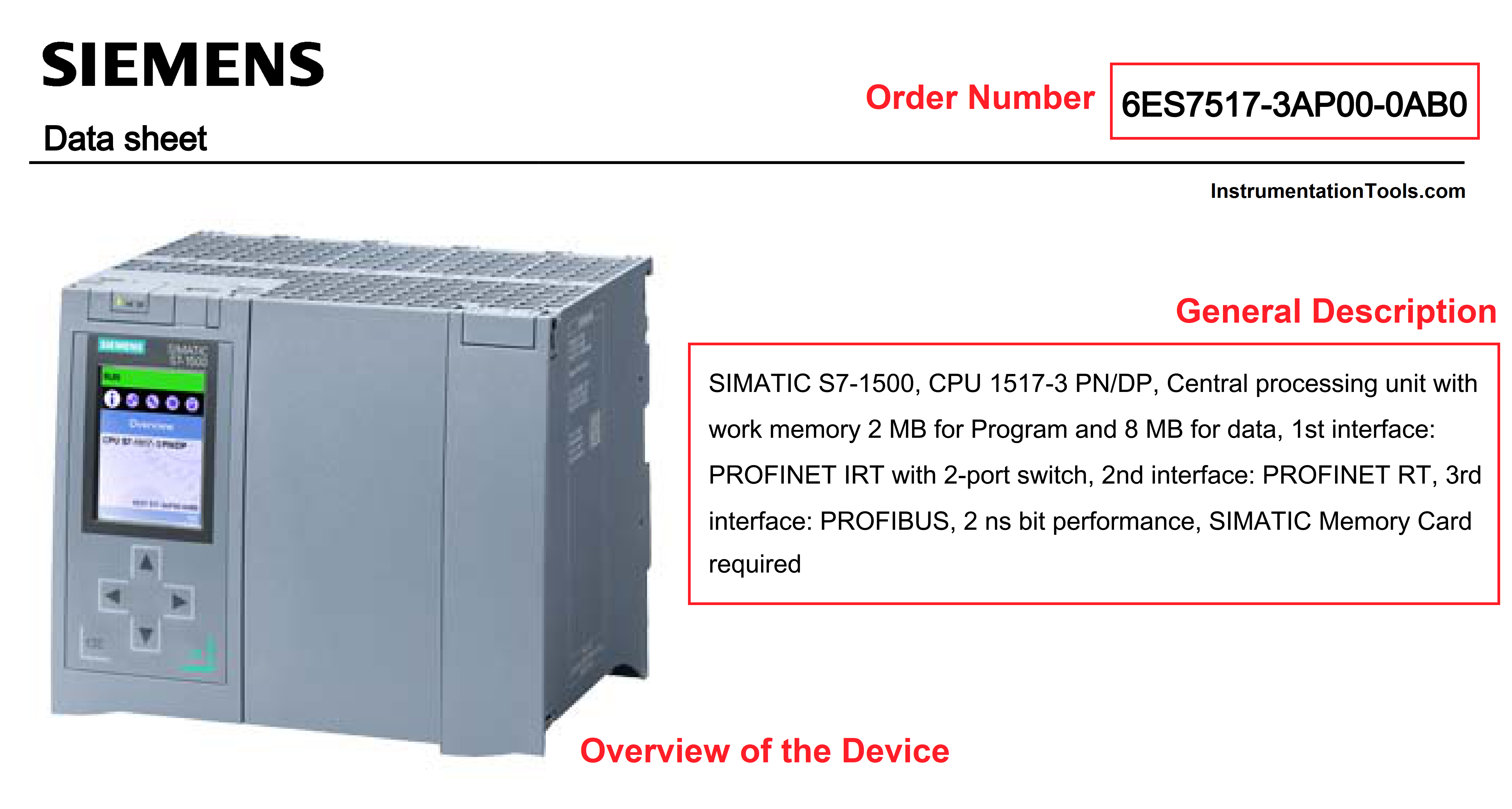
Picture 1 – 1st page of an S7-1500 PLC data sheet.
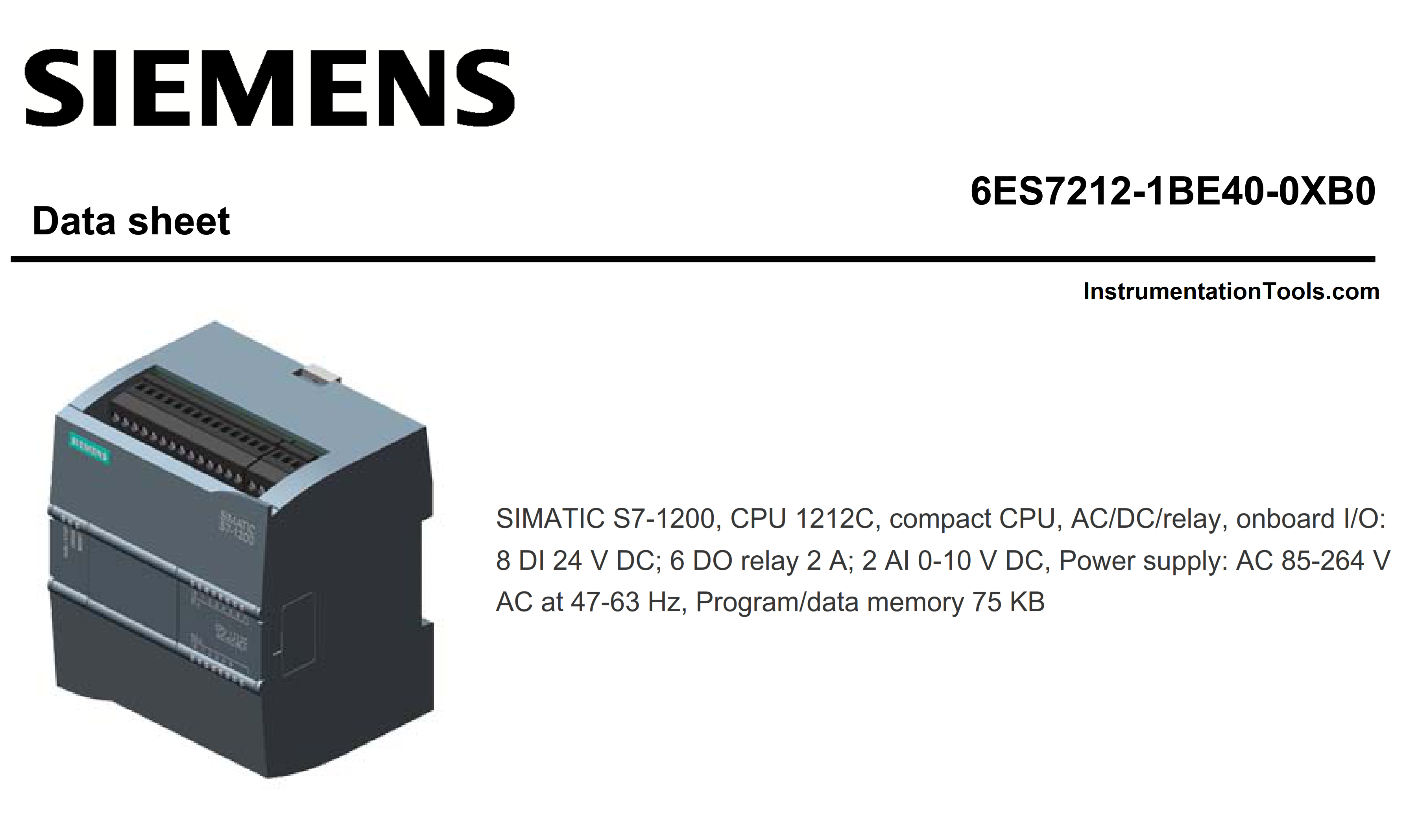
Picture 2 – 1st page of an S7-1200 PLC data sheet.
As you can see, a general description of the PLC is given at the beginning of the datasheet. This general description will give you a basic idea about the PLC and if it fits your application or not.
Examples of the information in a PLC Datasheet
In this article, we will use the data sheet of an S7-1200 PLC to show some of the different information it contains.
Current and Voltage Rating
In a certain section of the data sheet there must be some information about the PLC voltage and current ratings, some PLCs will need a DC supply while others will require an AC supply, also the inputs and outputs of the PLC might have different ratings, which is exactly the case in our PLC, where the voltage supply to the PLC is 220AC but the ratings for IOs are DC. See picture 3.

Picture 3 – Voltage and current ratings.
PLC Memory
Different memory capabilities of the PLC will be provided in the datasheet, this will show how much work memory you have and whether you can expand it or not, see picture 4.
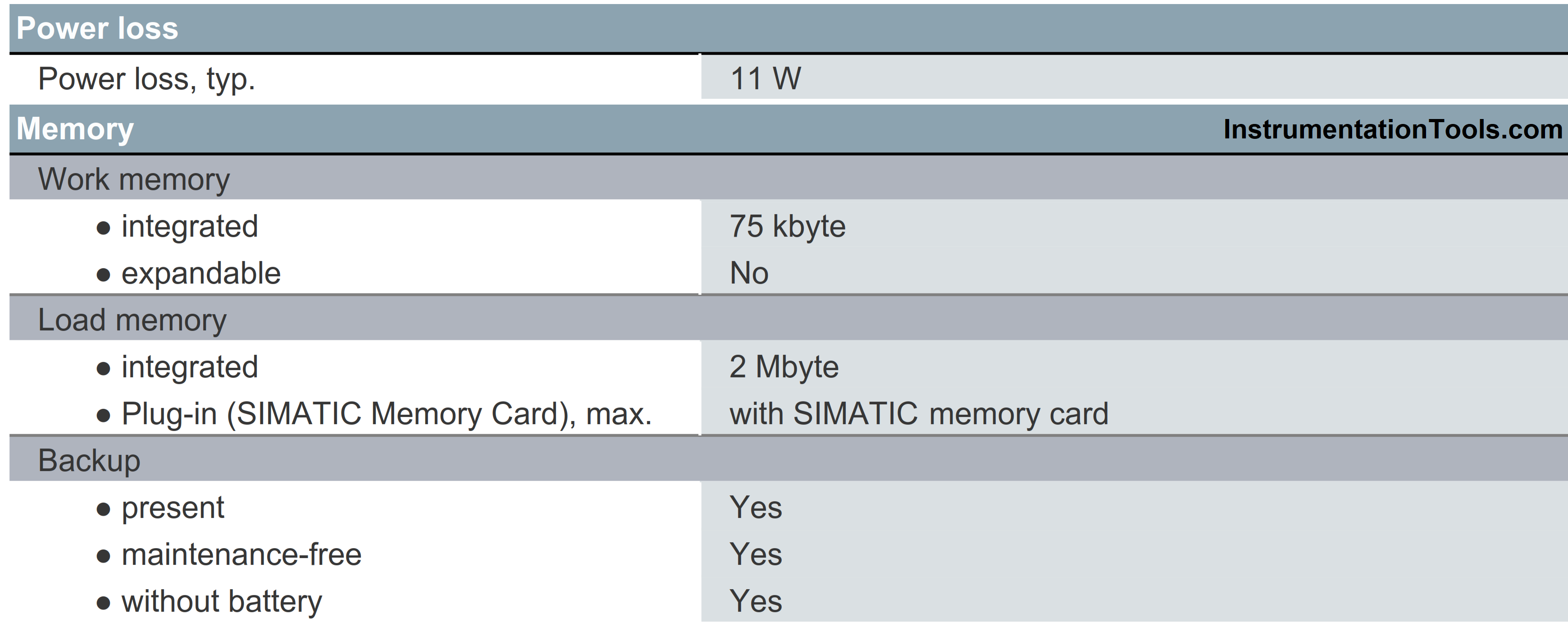
Picture 4 – Memory description of the PLC.
Different Blocks and Data Areas Addressing
In this section, you will know the different blocks that you can use with your PLC, like timers, counters, FCs, etc. And the maximum number of blocks that you can use. You will also be provided with the data areas’ memory and their retentivity. See picture 5.
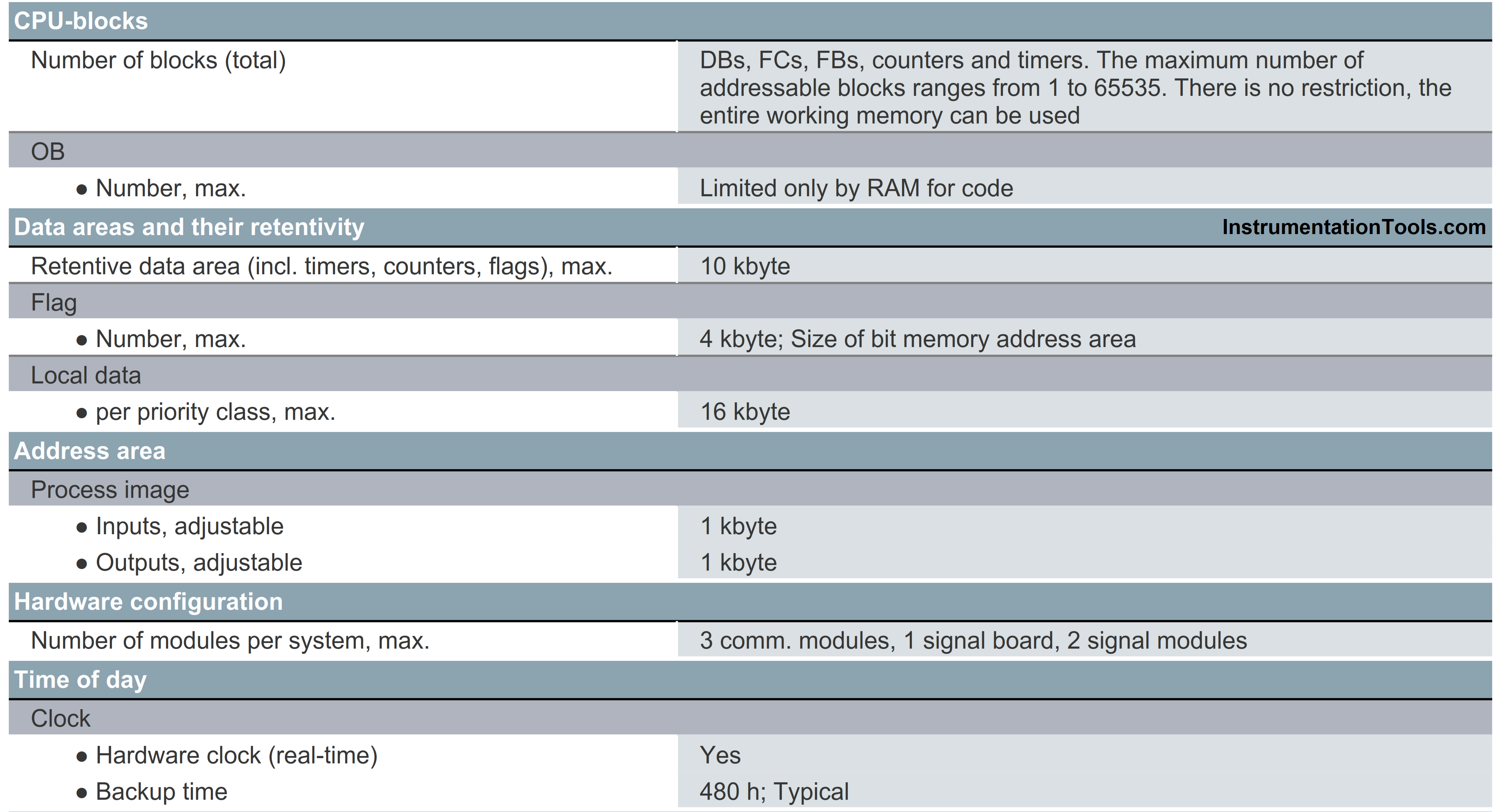
Picture 5 – CPU blocks are available.
Inputs and Outputs Specifications
This is another critical data that should be provided, through this information you will know the number of IOs provided with your PLC, and how to connect and use each IO. See pictures 6 and 7.
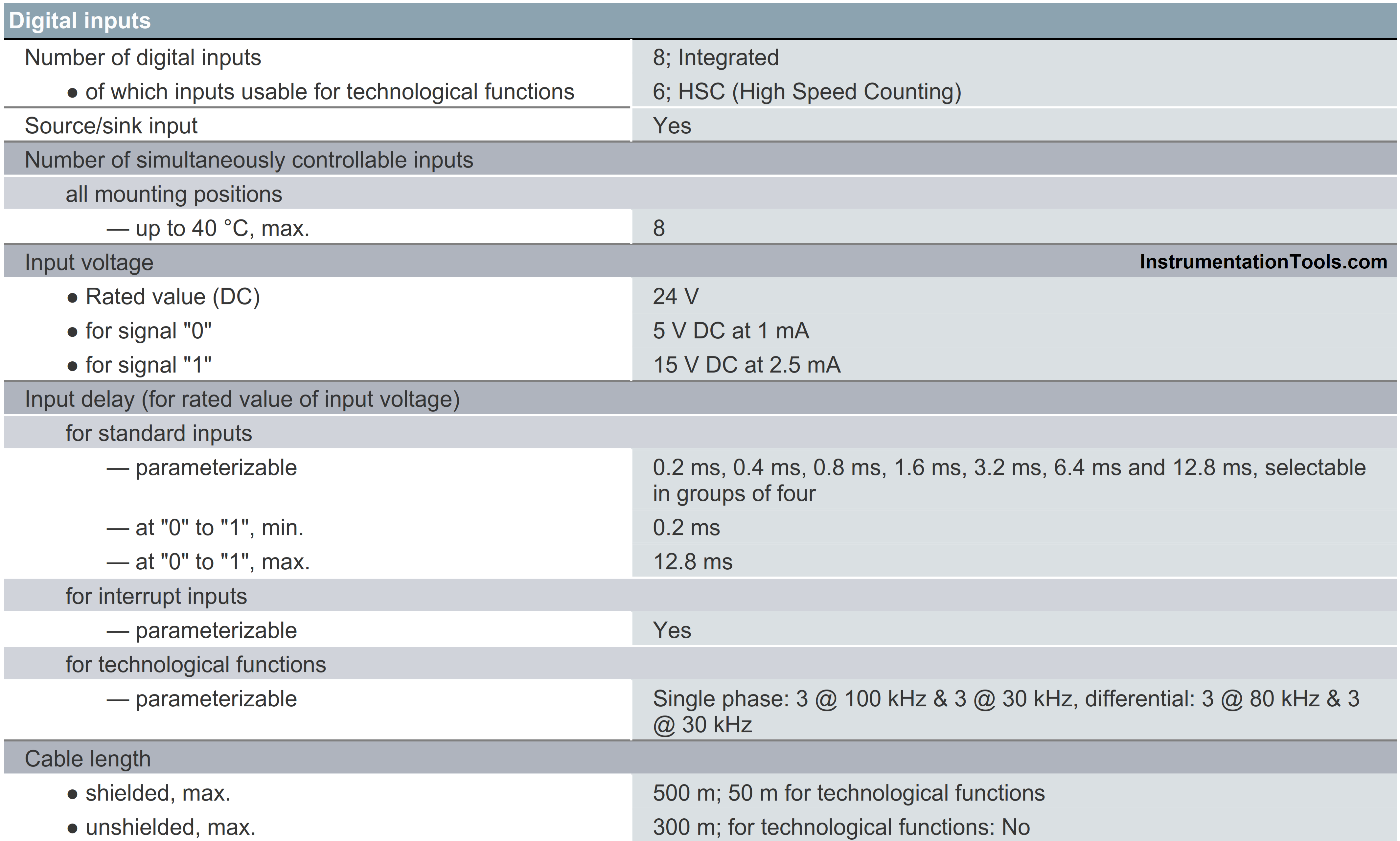
Picture 6 – Digital inputs of the PLC.
As you can see, we have 8 DI points in our PLC, 6 of which can be used for HSC (high-speed counting) inputs like encoders. It also tells you that the input voltage is 24vdc which means you can’t directly connect AC sensors of inputs to the PLC.

Picture 7 – Digital outputs are available in our PLC.
If the PLC has analog IOs then it will be mentioned also in the data sheet. See picture 8
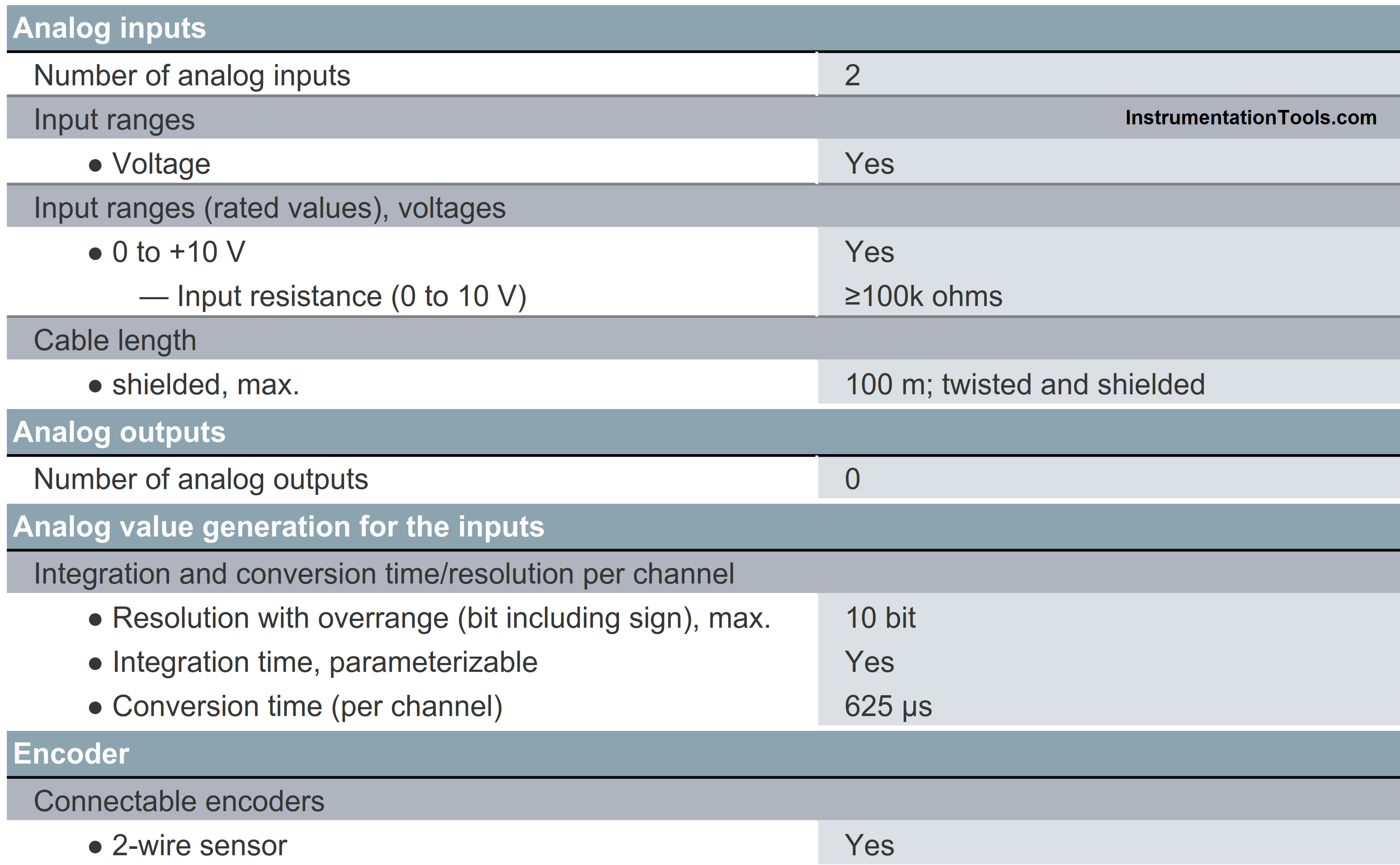
Picture 8 – Analog IOs description.
Communication Interfaces and Protocols
The communication interfaces available in your PLC, as well as the communication protocols it can support, will also be mentioned in the datasheet. See picture 9.

Picture 9 – The communication interface of the PLC.
As you can see, the PLC we have only has one communication interface, which is a PROFINET interface provided as an RJ-45 port. However, the PLC itself can support many communication protocols such as PROFIBUS and AS-Interface. See picture 10.
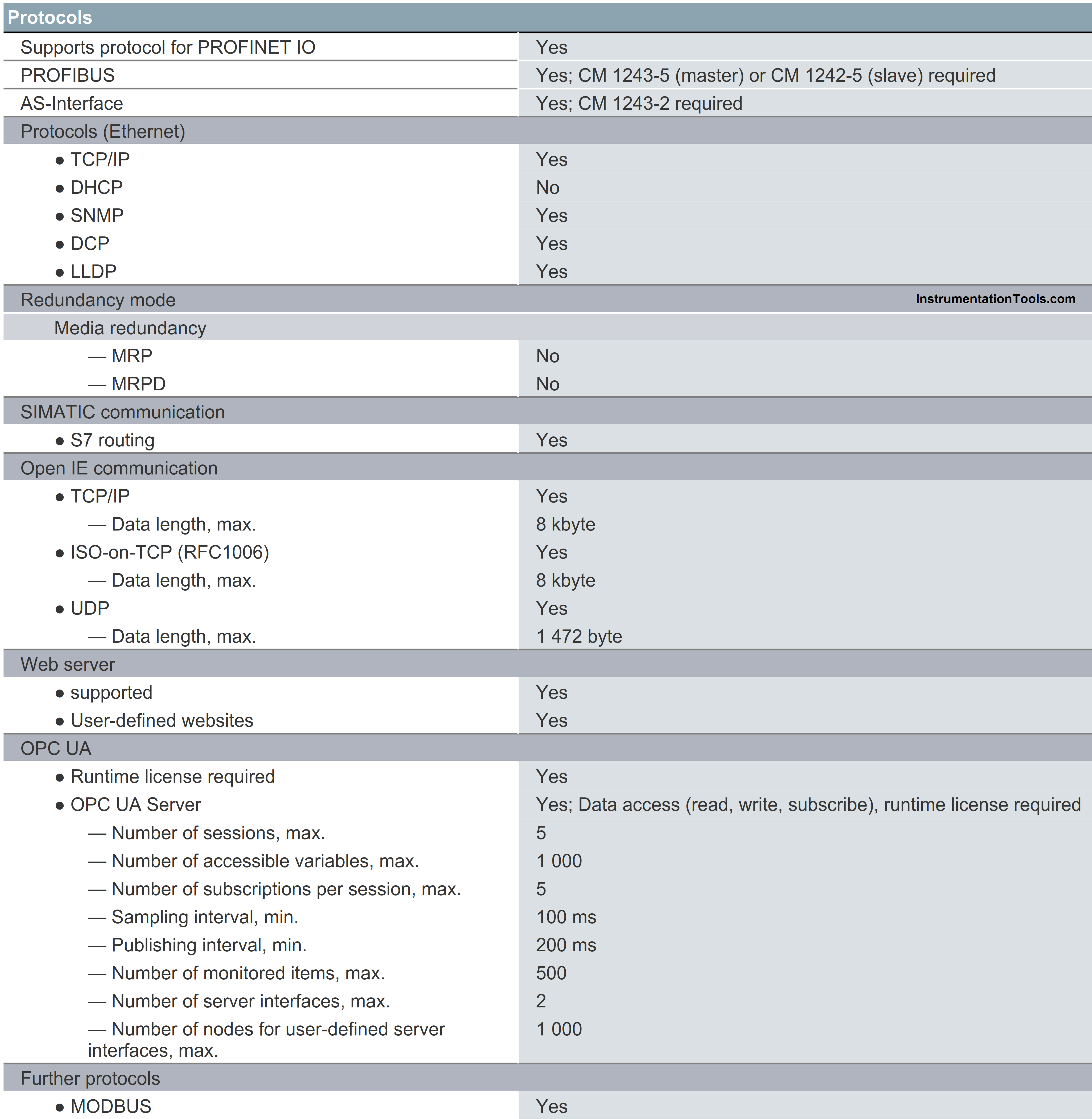
Picture 10 – Communication protocols supported.
Ambient Conditions
This is another very important data you should know about your PLC, as it will help decide the type of enclosure and cooling that will be best suited to your PLC. See picture 11.
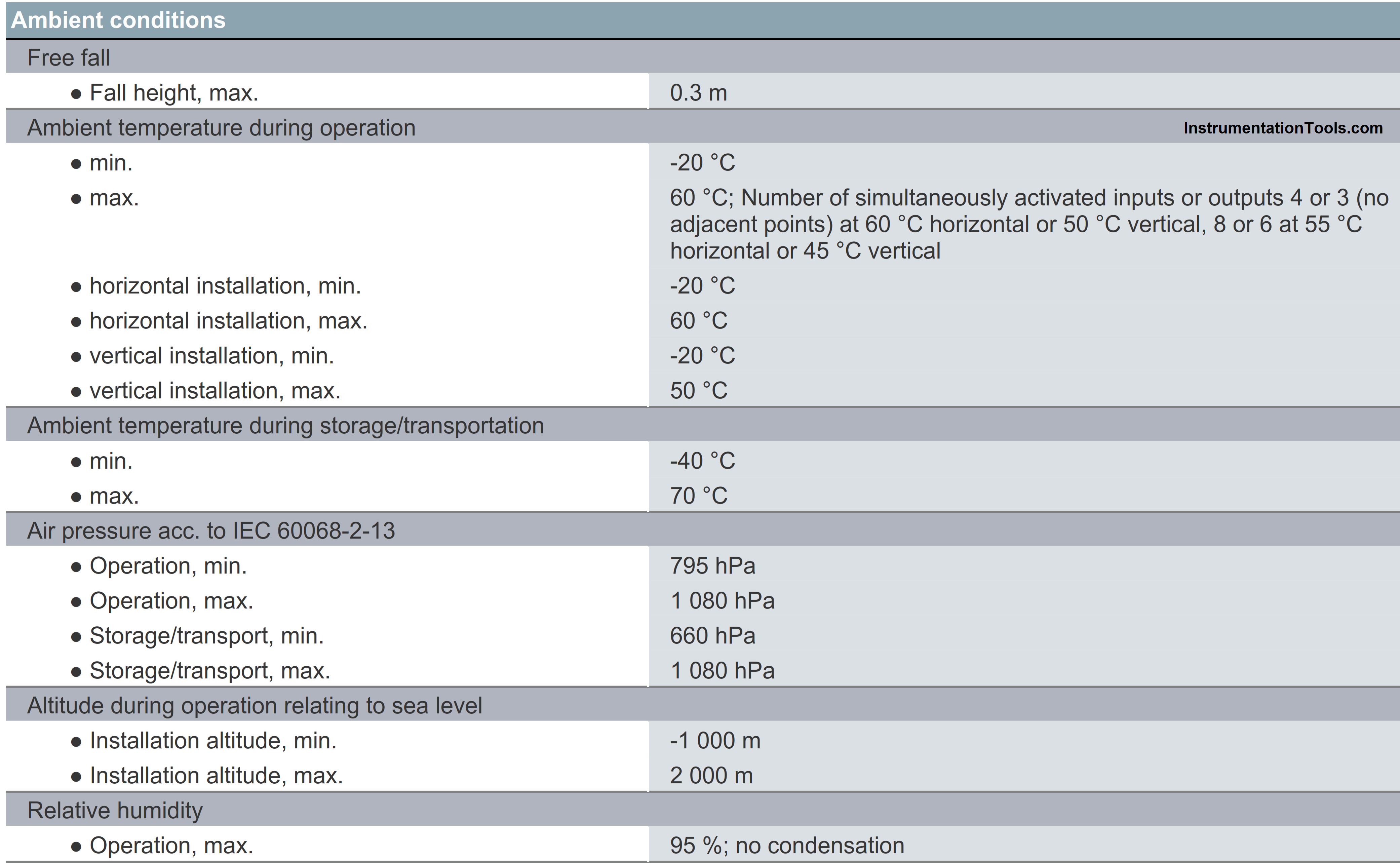
Picture 11 – Ambient condition of the PLC.
Important notes on Reading the DataSheet of a PLC
Not all the PLC data sheets contain the same information, as different PLCs will have different features and capabilities and hence, different information to show.
Not all the information inside the datasheet will be important to you, that will depend on whether you are a PLC programmer or an installation engineer as we mentioned before.
It’s OK if you don’t understand some of the information in the datasheet, as we said the data sheet will provide information about almost all the features supported by your PLC, you might not know about some of these features and you might not even ever need to use it. For example, the OPC UA or the web server features. So if you find some data you don’t understand, it won’t necessarily mean your PLC doesn’t fit your project.
Conclusion
Reading the PLC datasheet is important to help decide if the PLC is suitable for your application or not. It is also important to decide what types of IOs and voltage supply ratings you can work with.
Try reading the datasheet of different PLC models and see if you can understand the basic information provided in the datasheet.
If you liked this article, then please subscribe to our YouTube Channel for Instrumentation, Electrical, PLC, and SCADA video tutorials.
You can also follow us on Facebook and Twitter to receive daily updates.
Read Next:
- Sequential PLC Programming
- S7-1500 S7-1200 S7-400 S7-300
- HMI Screen Design Applications
- Static and Temp Variables in PLC
- Power Supply Sizing for Systems